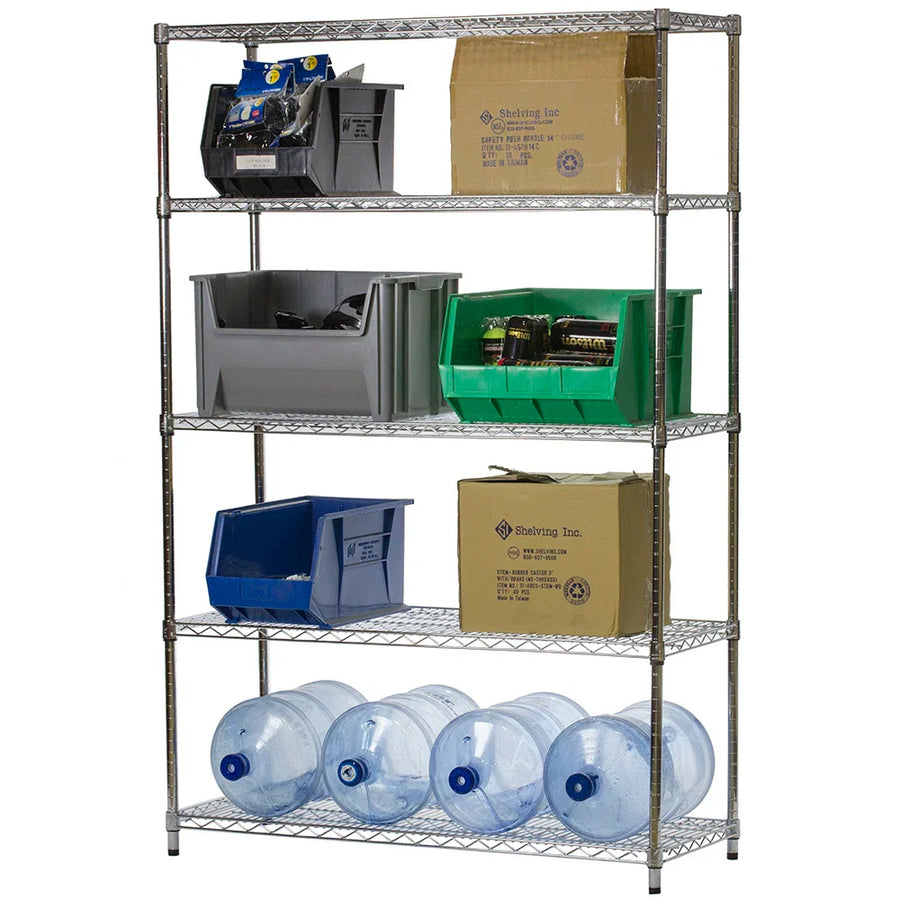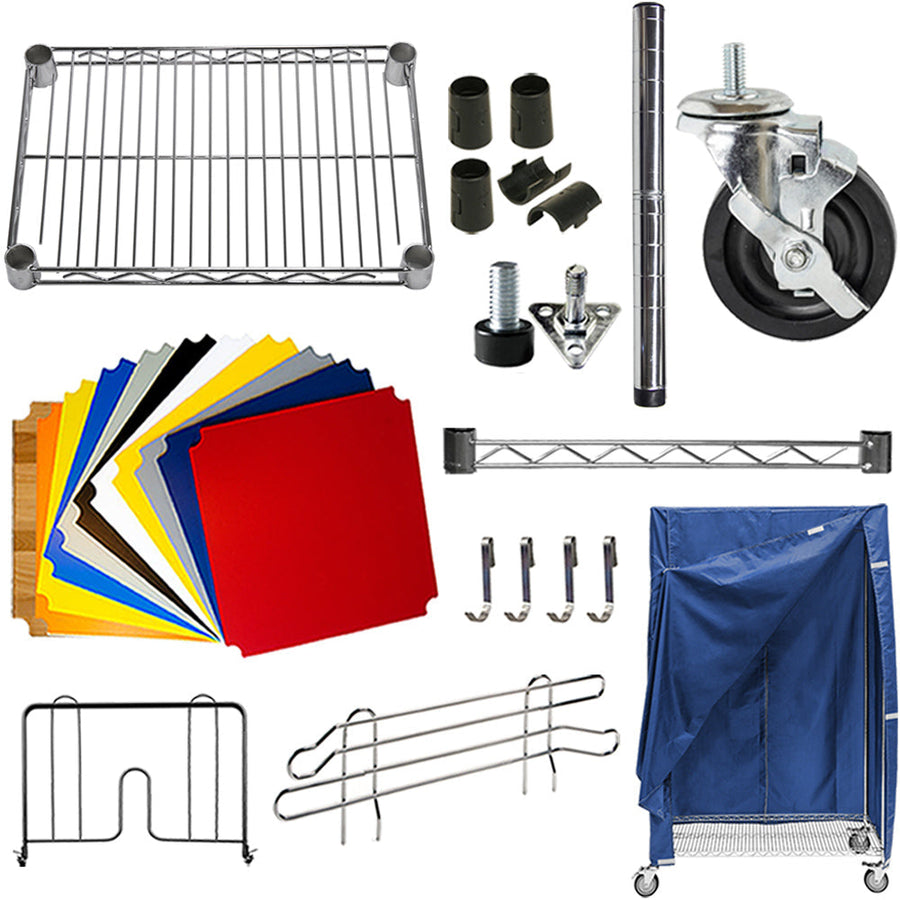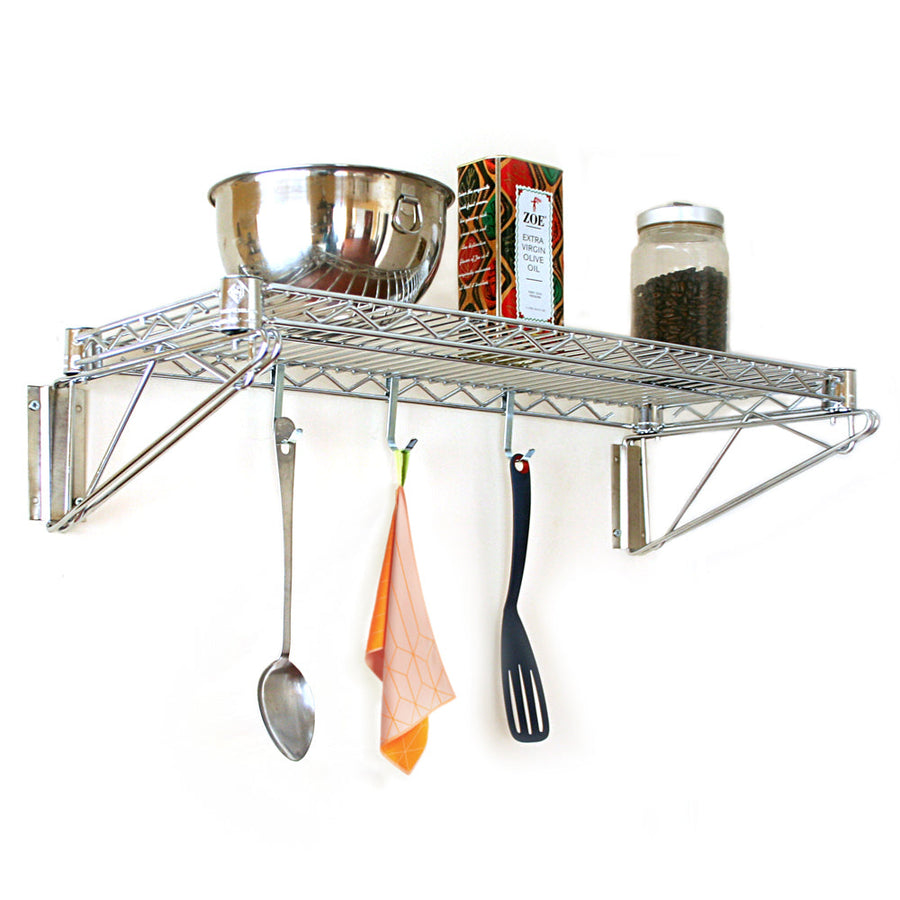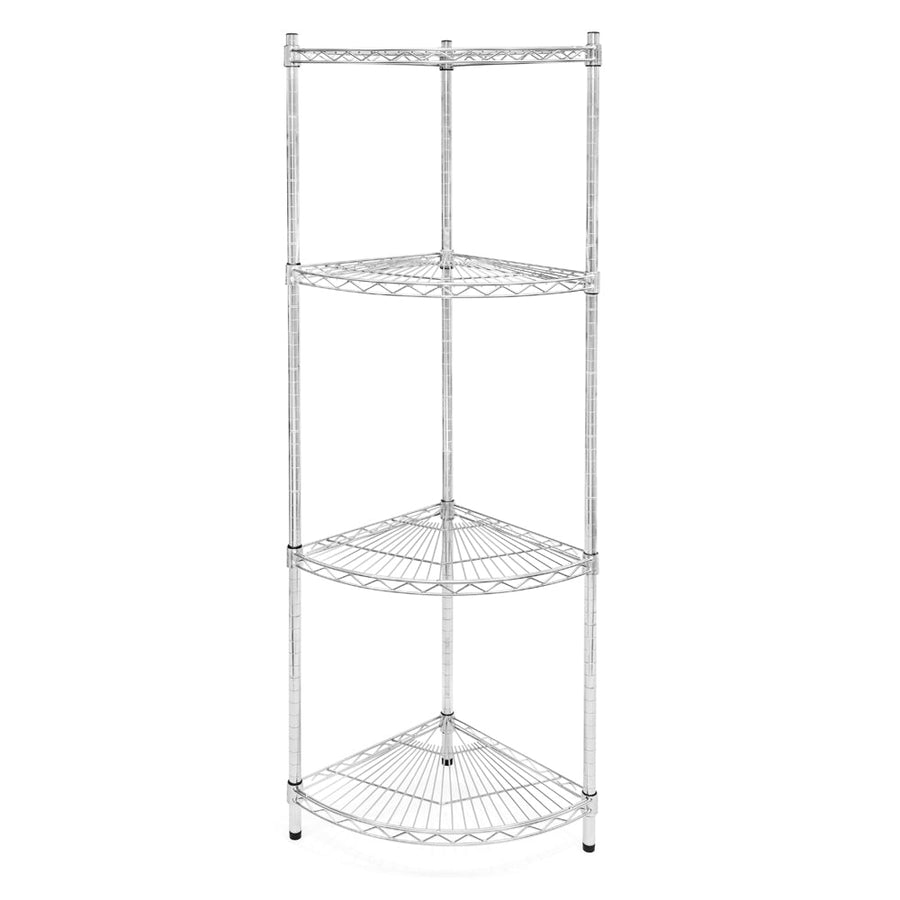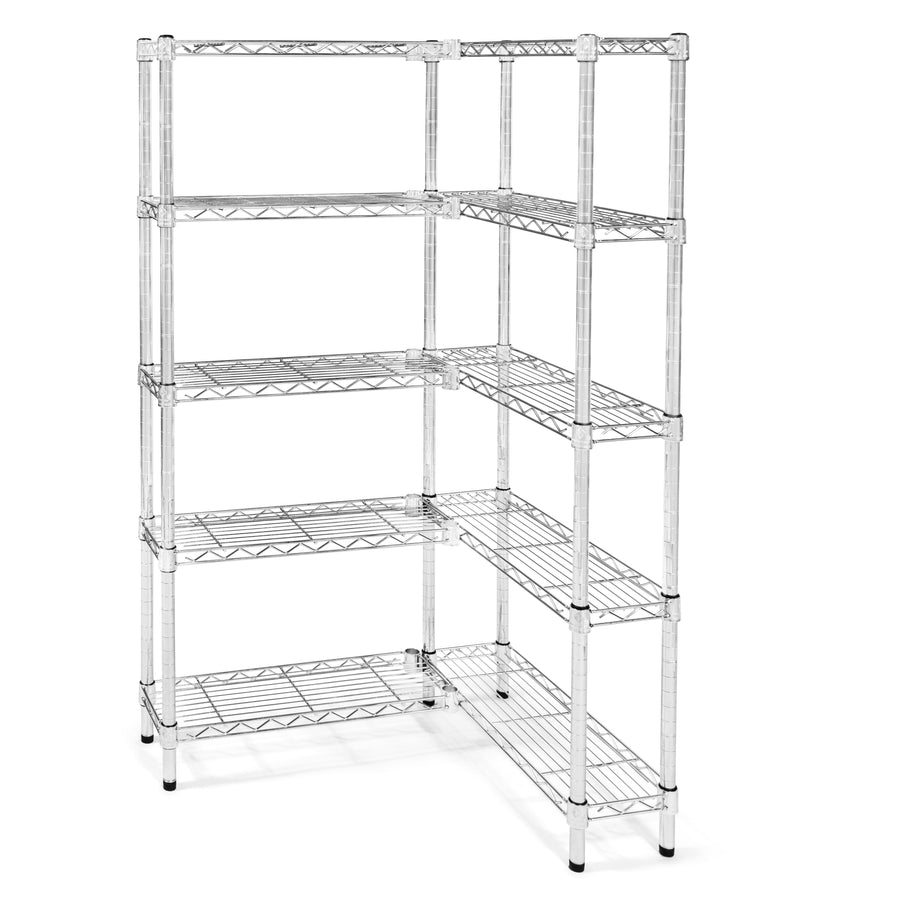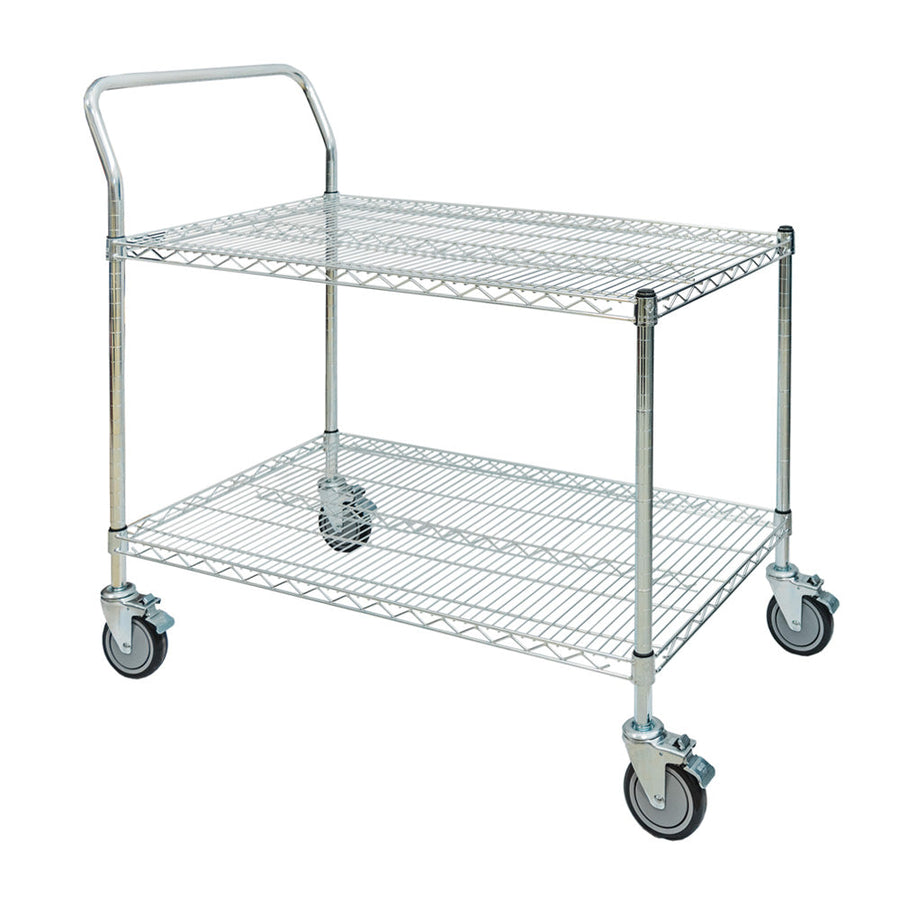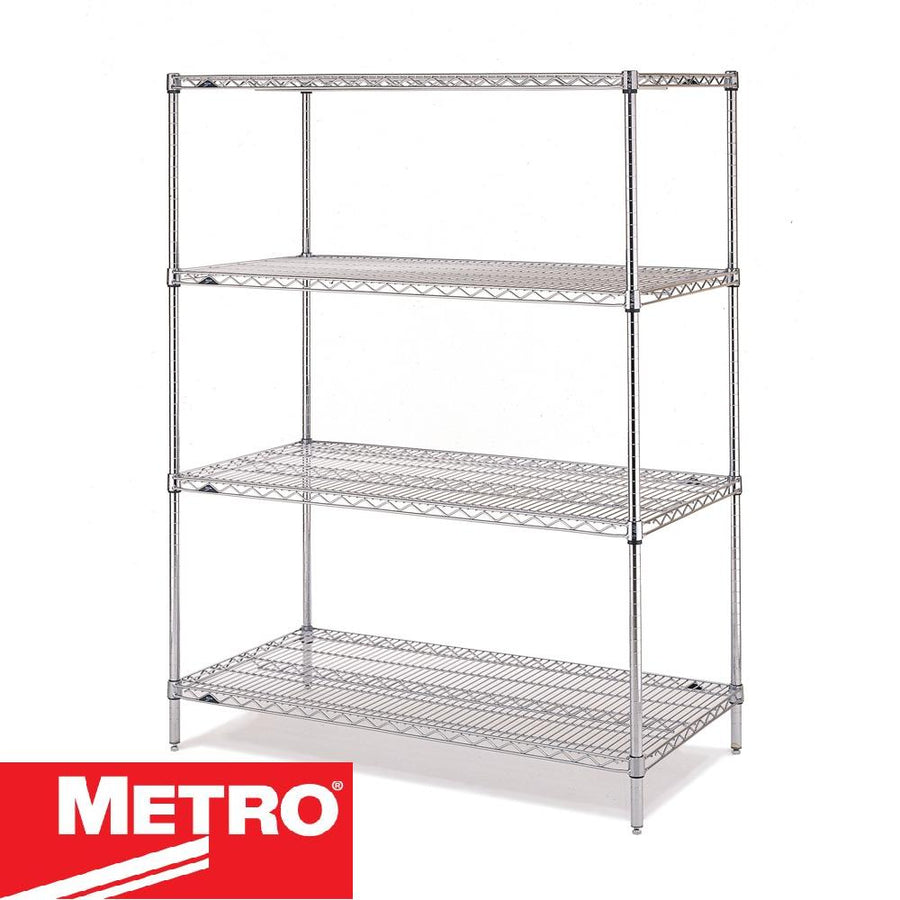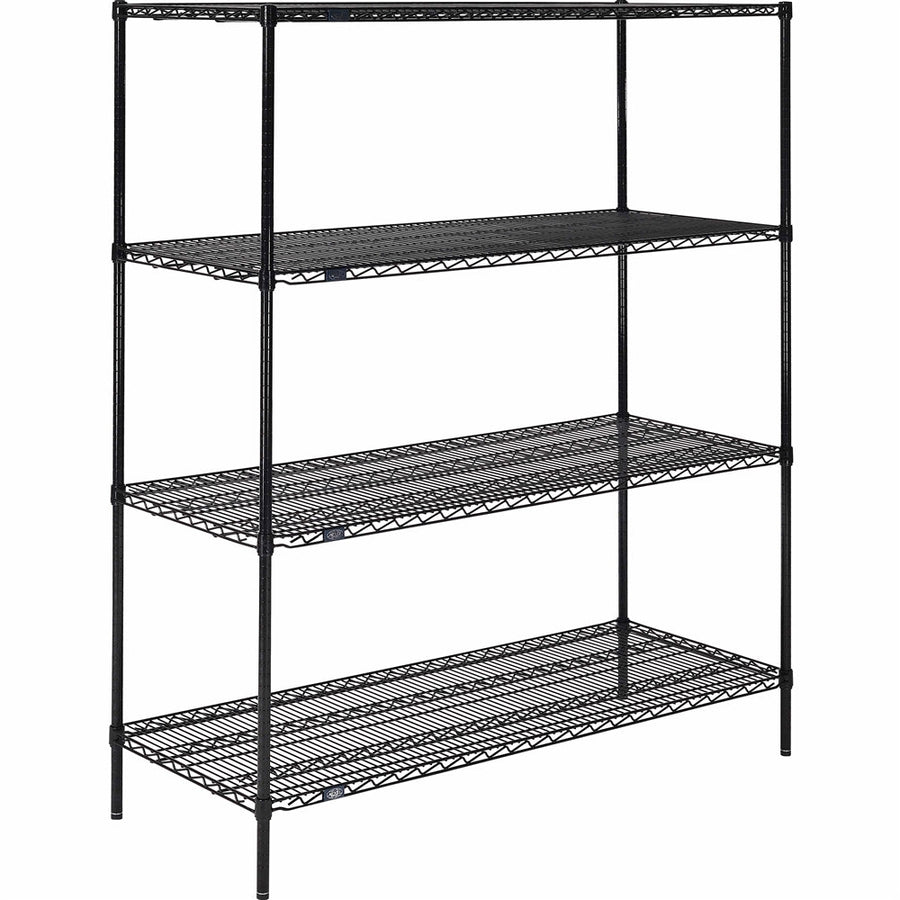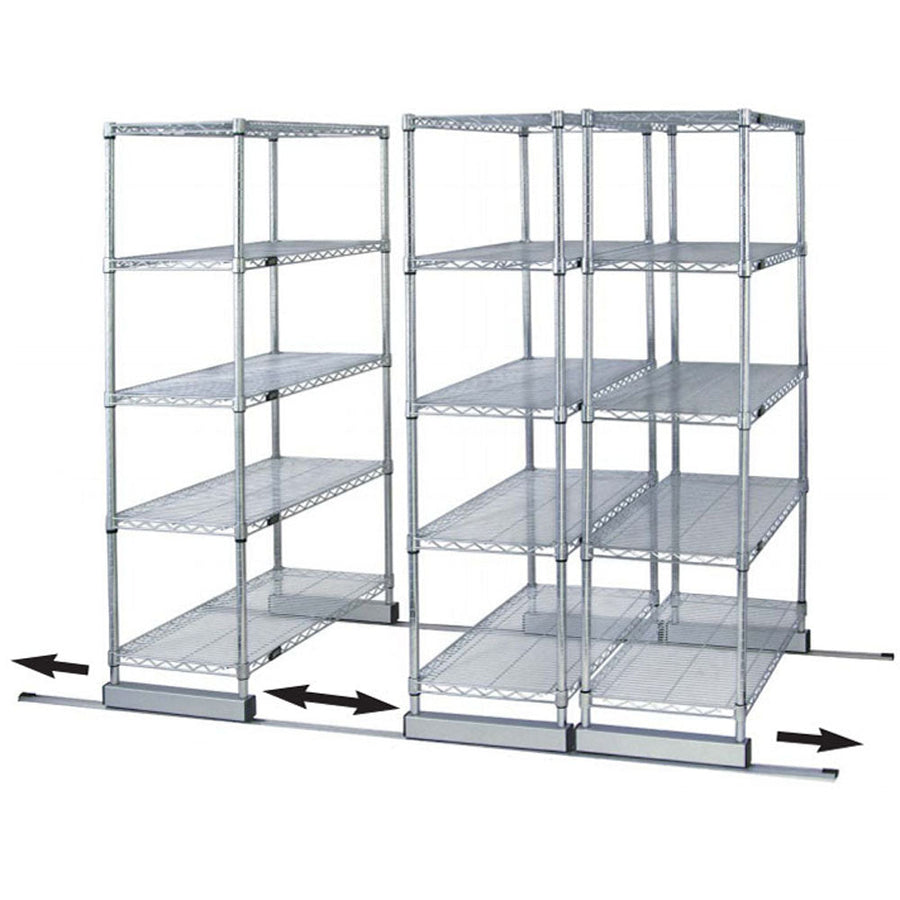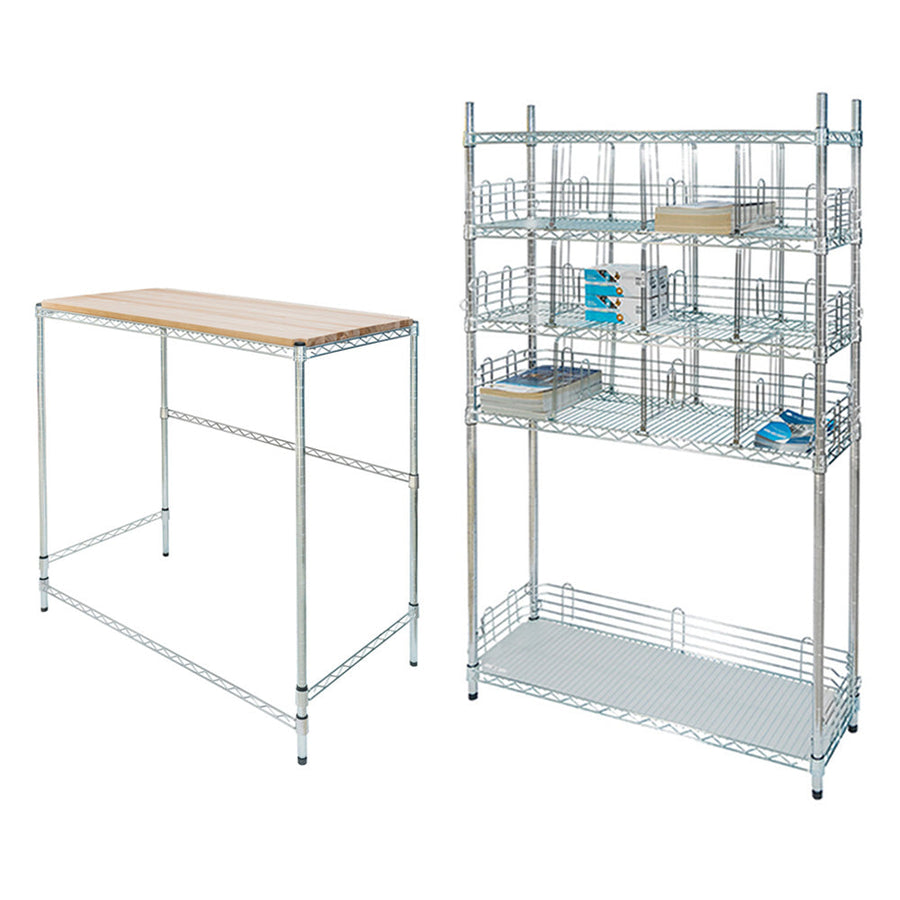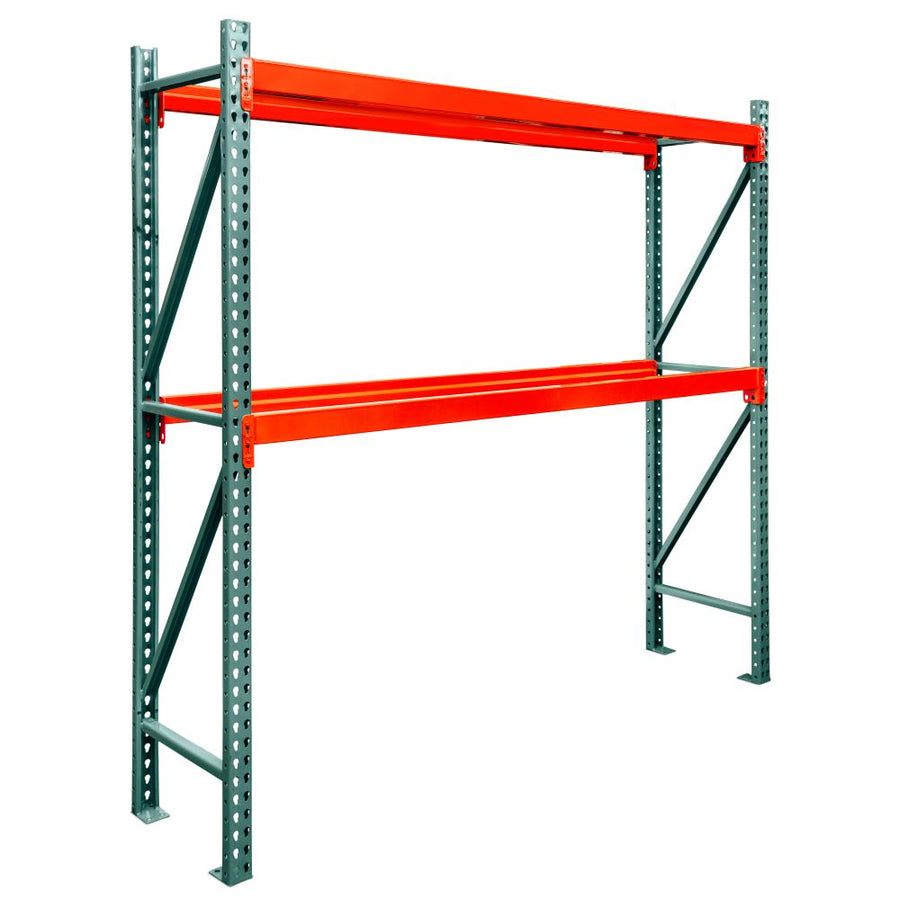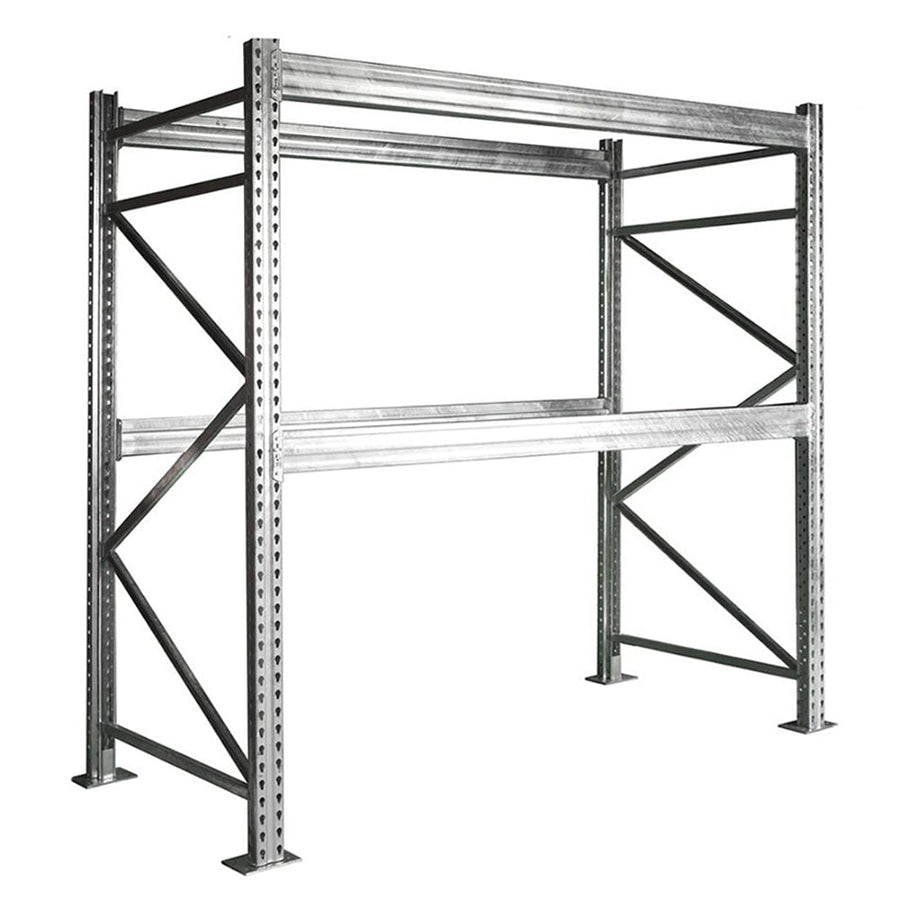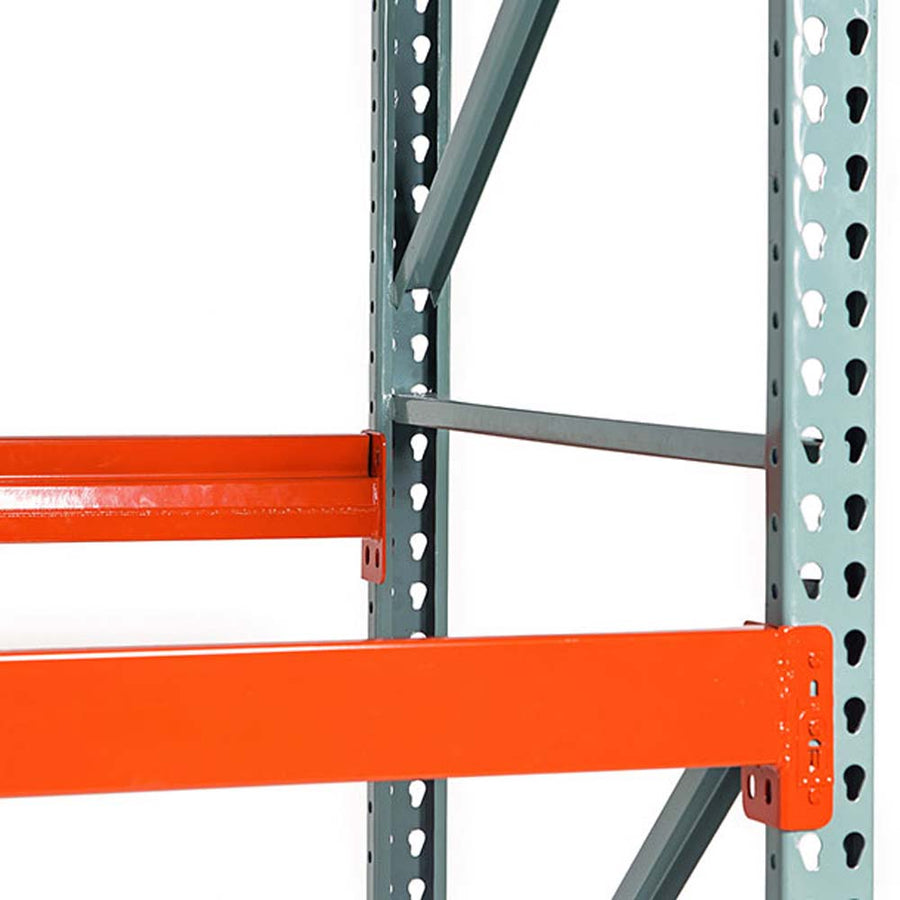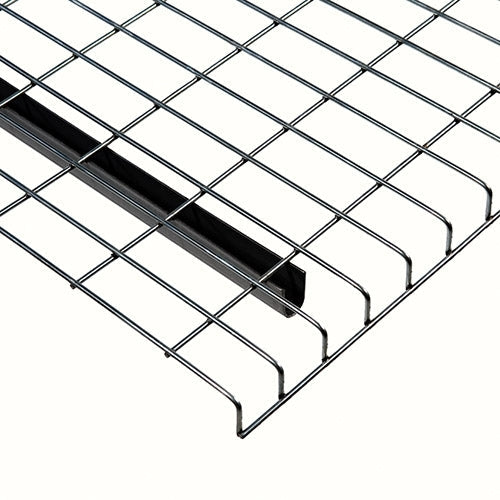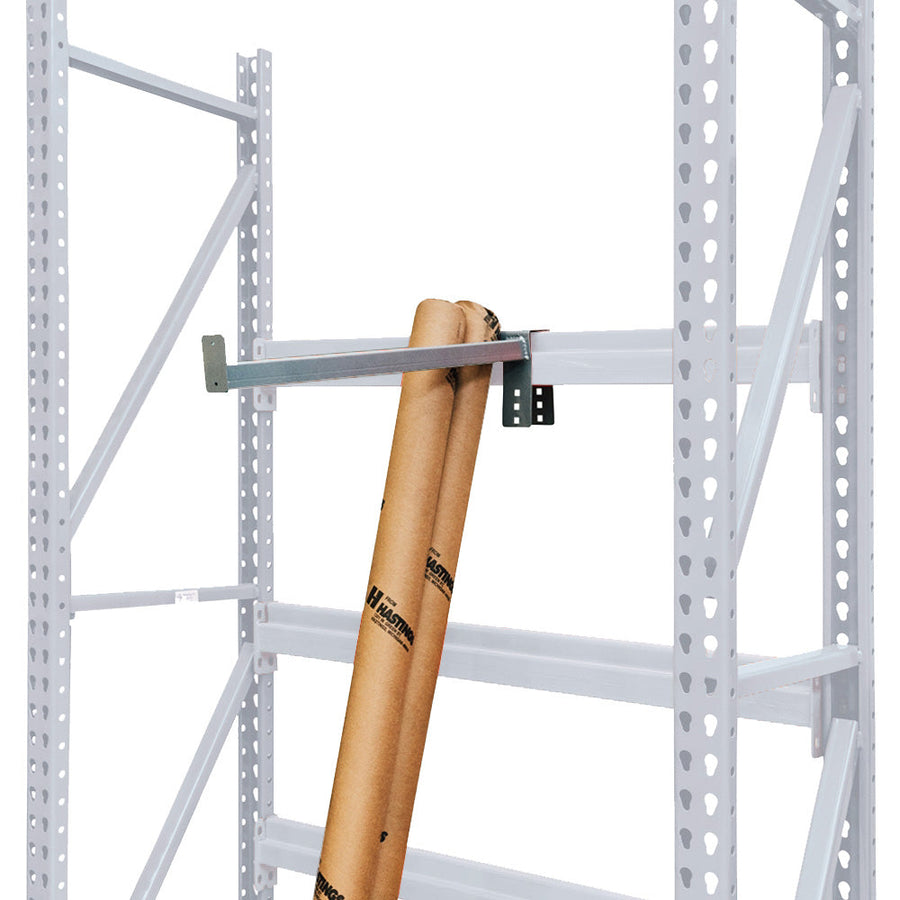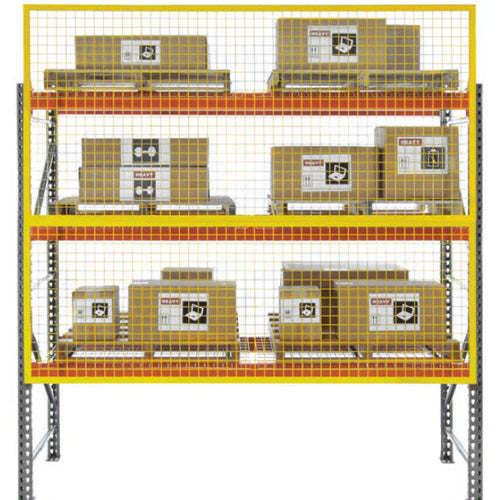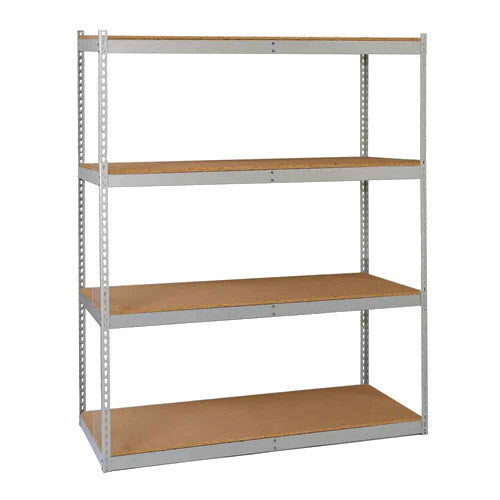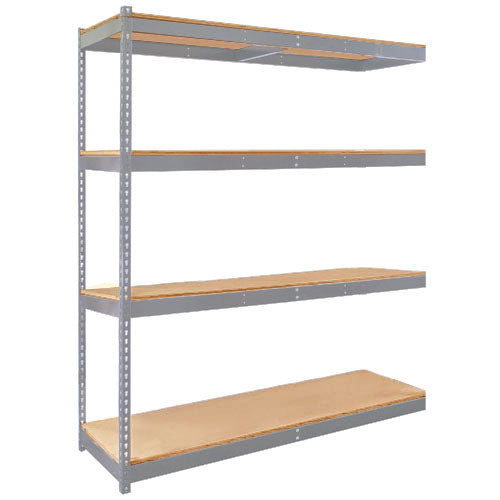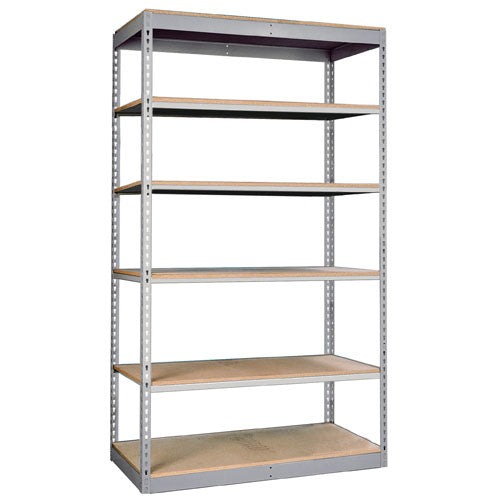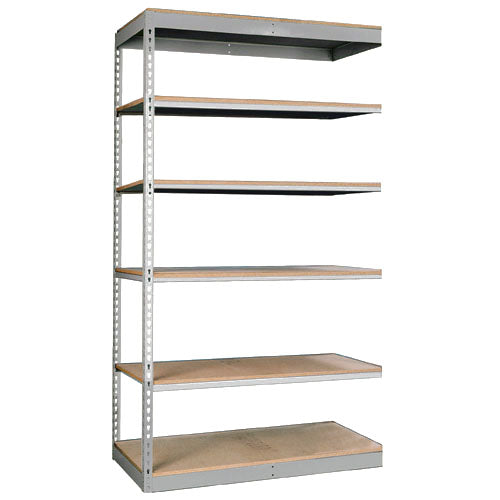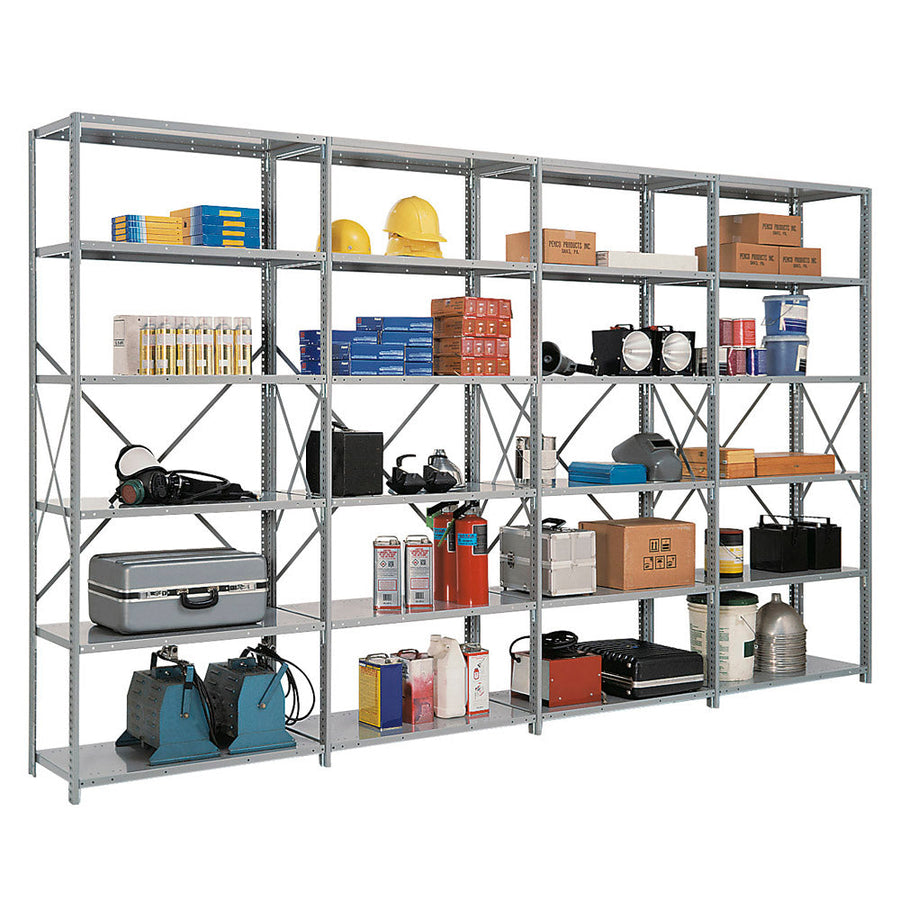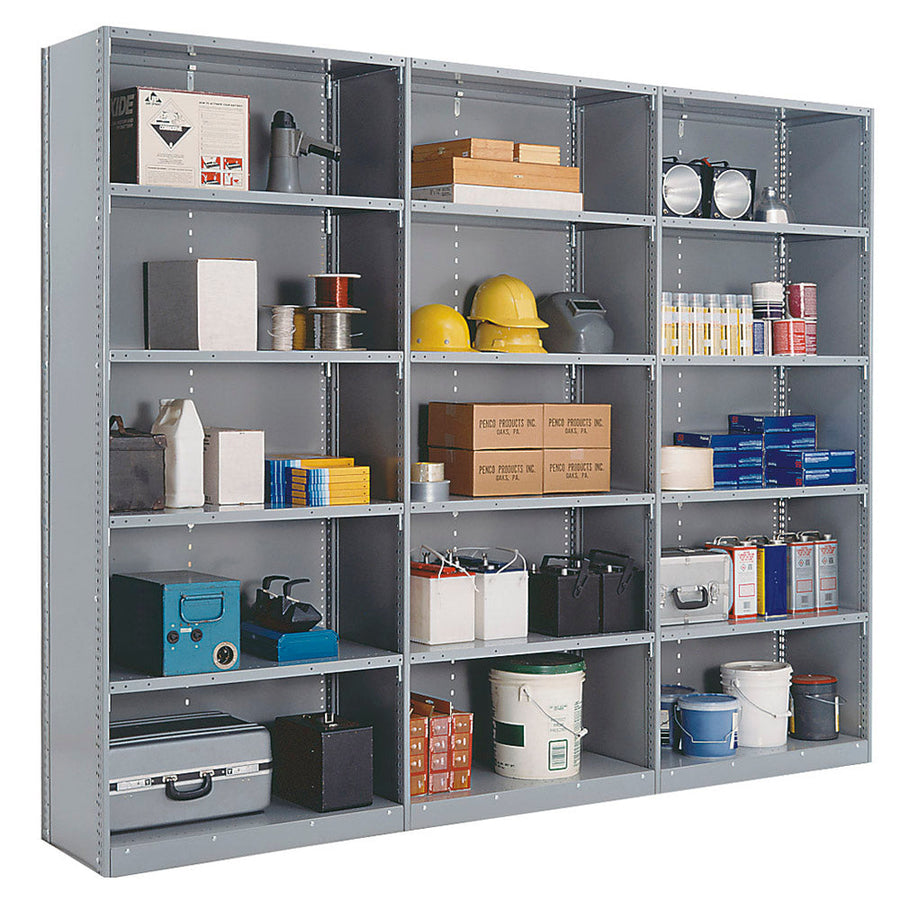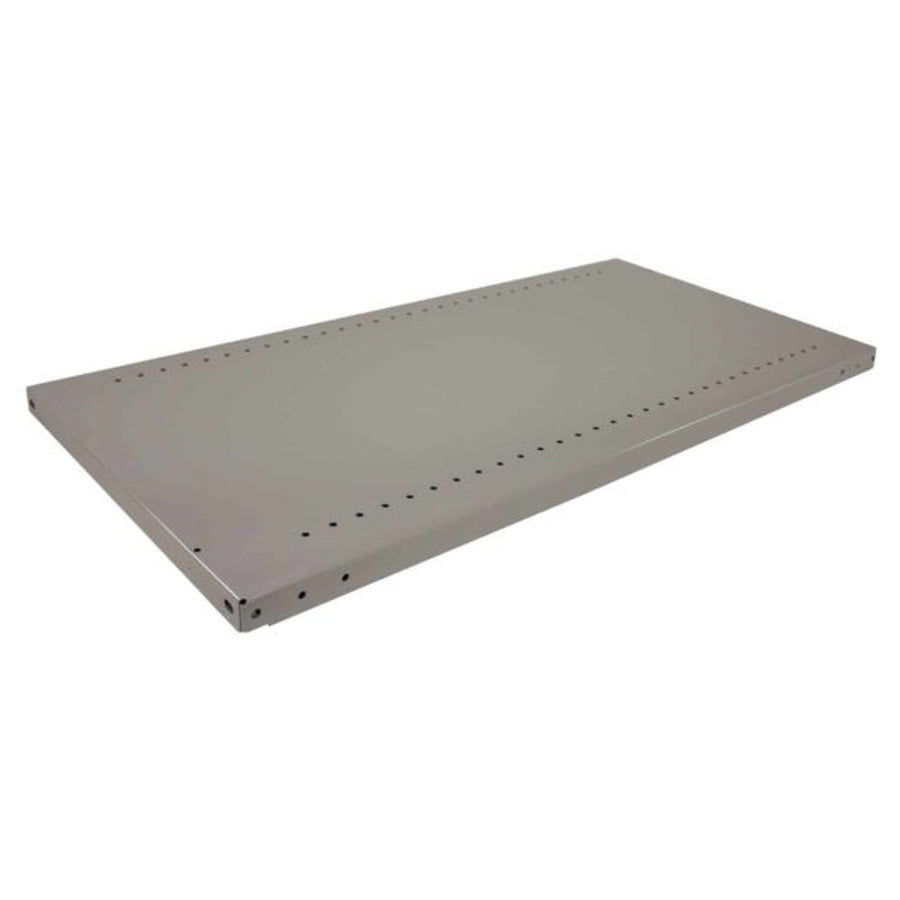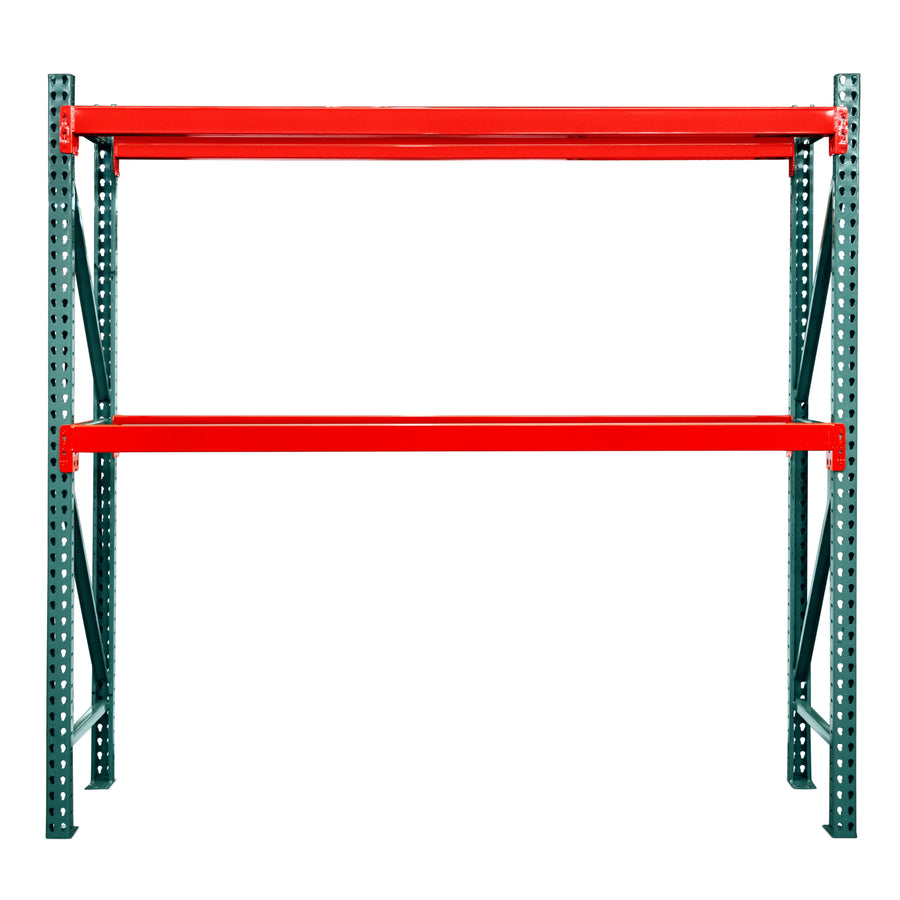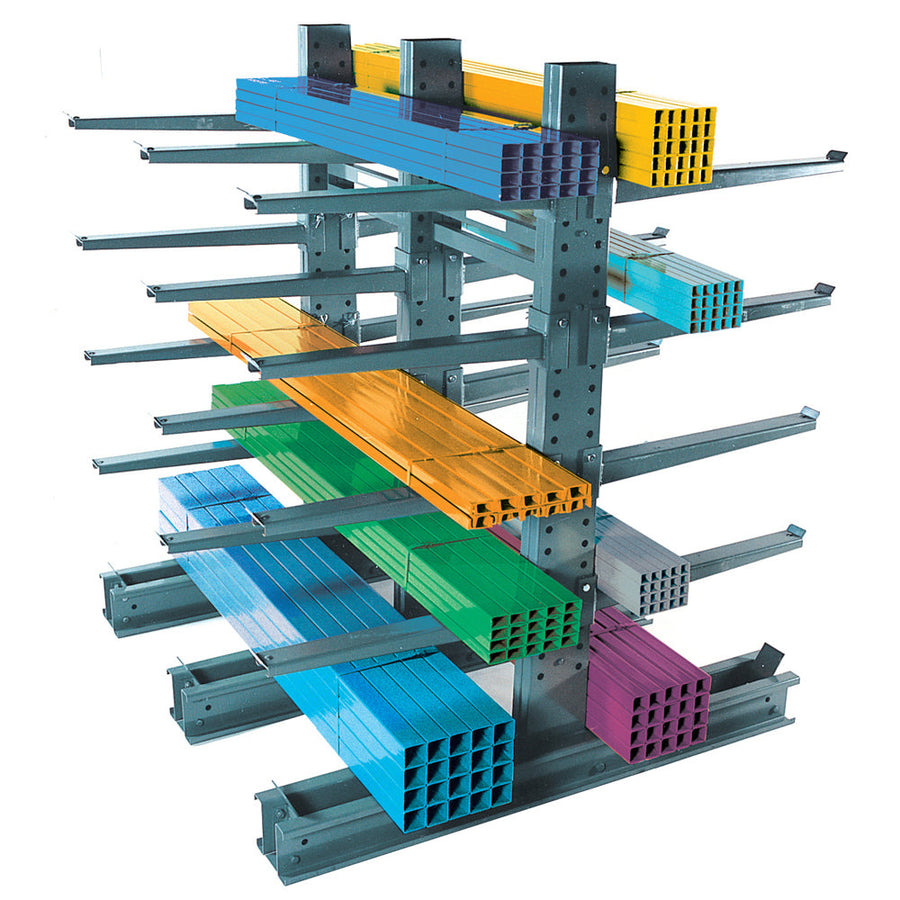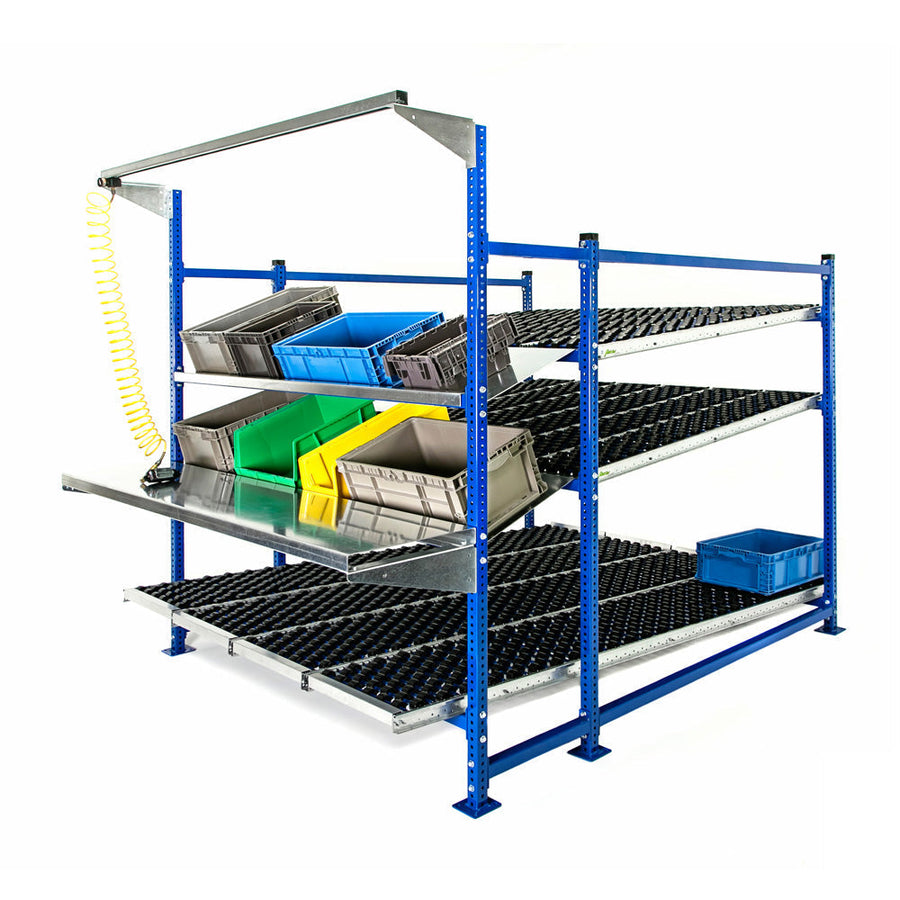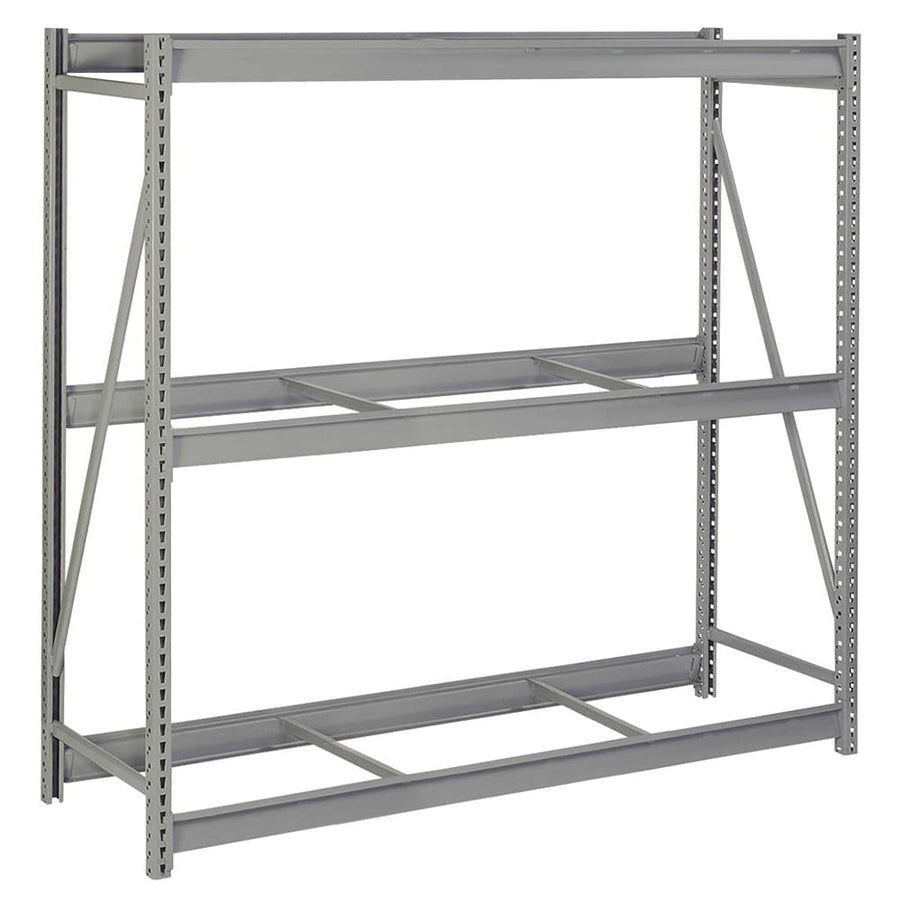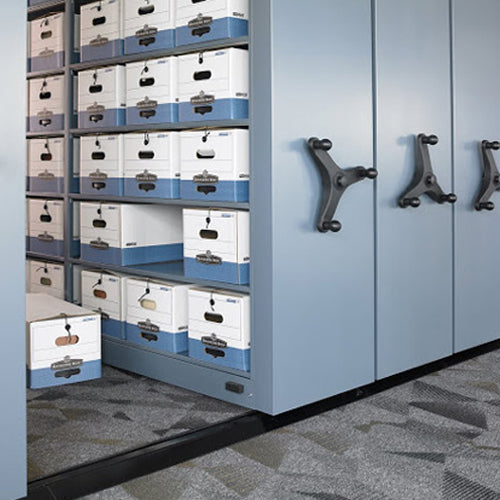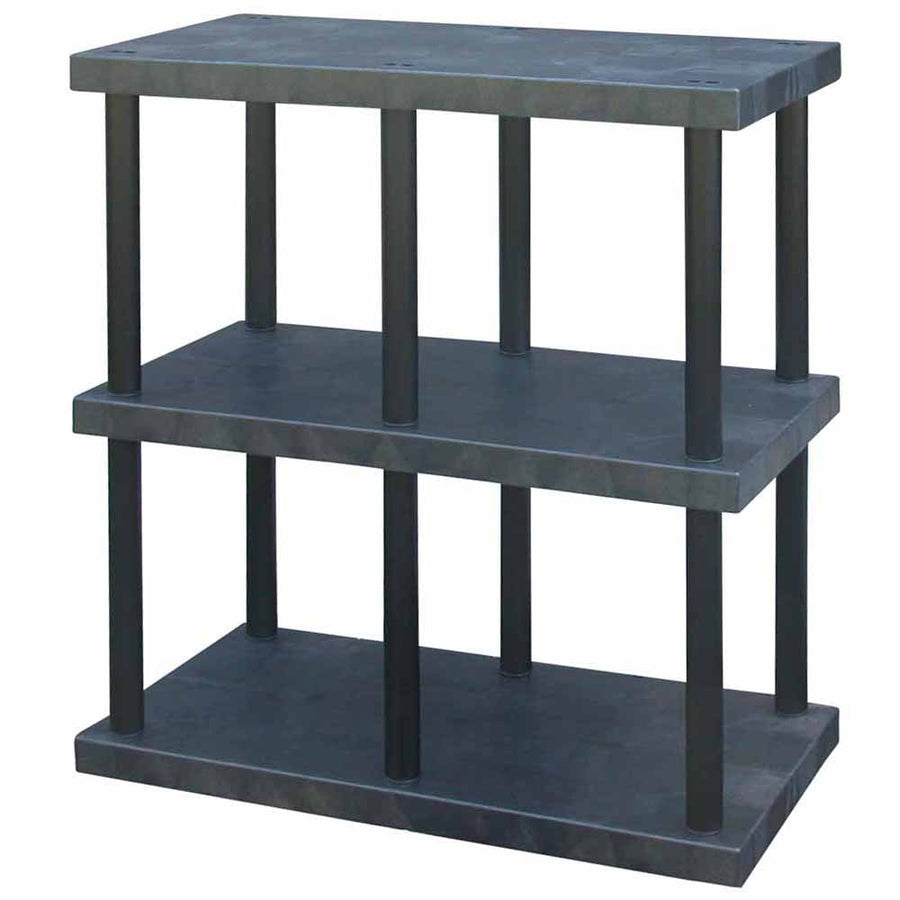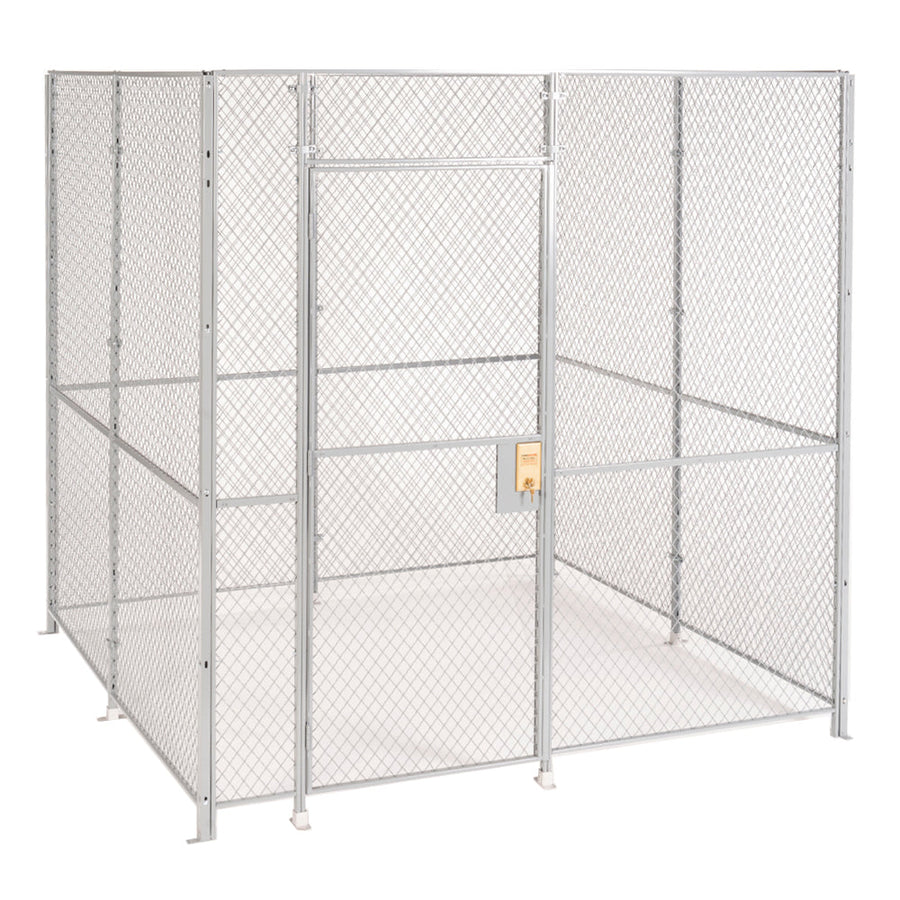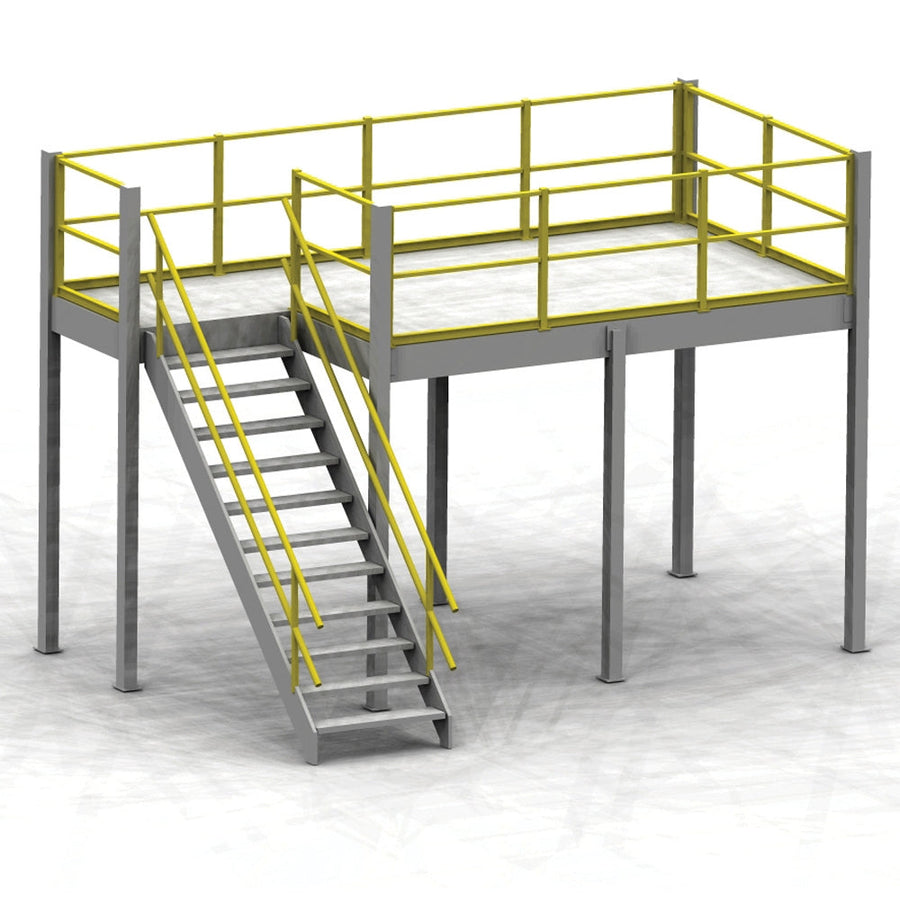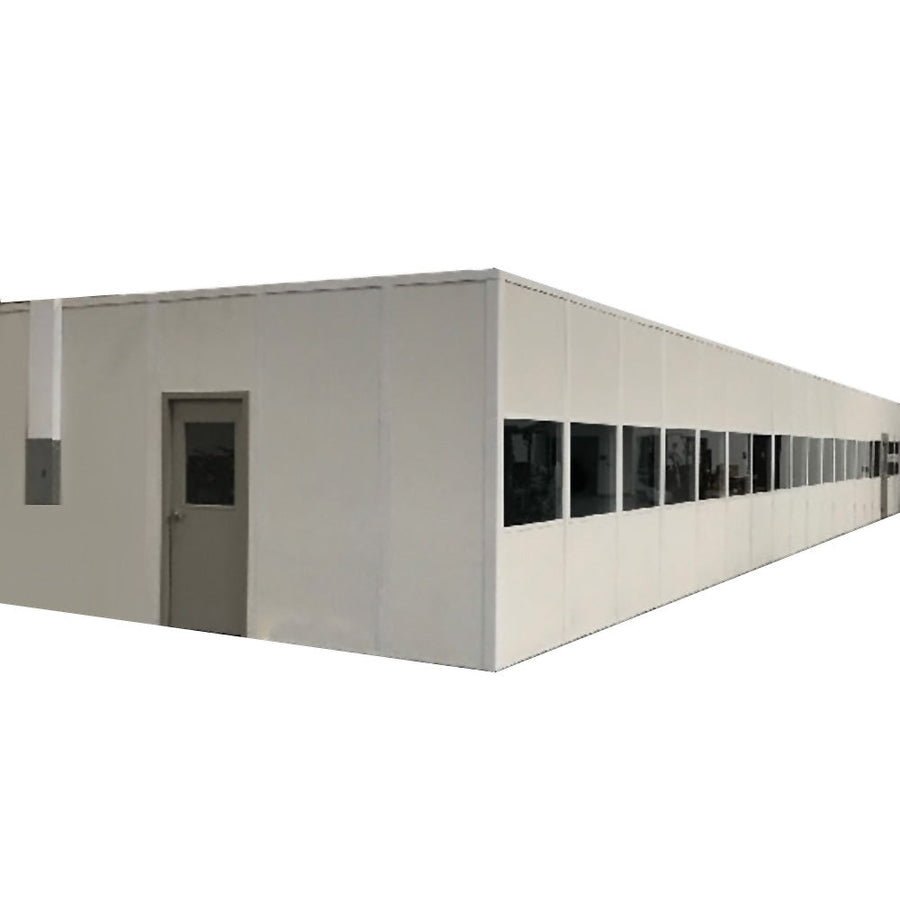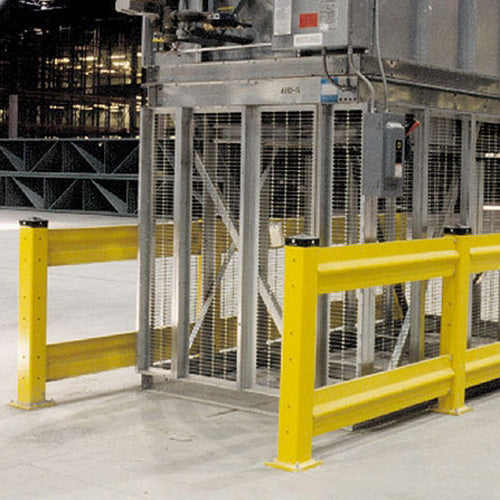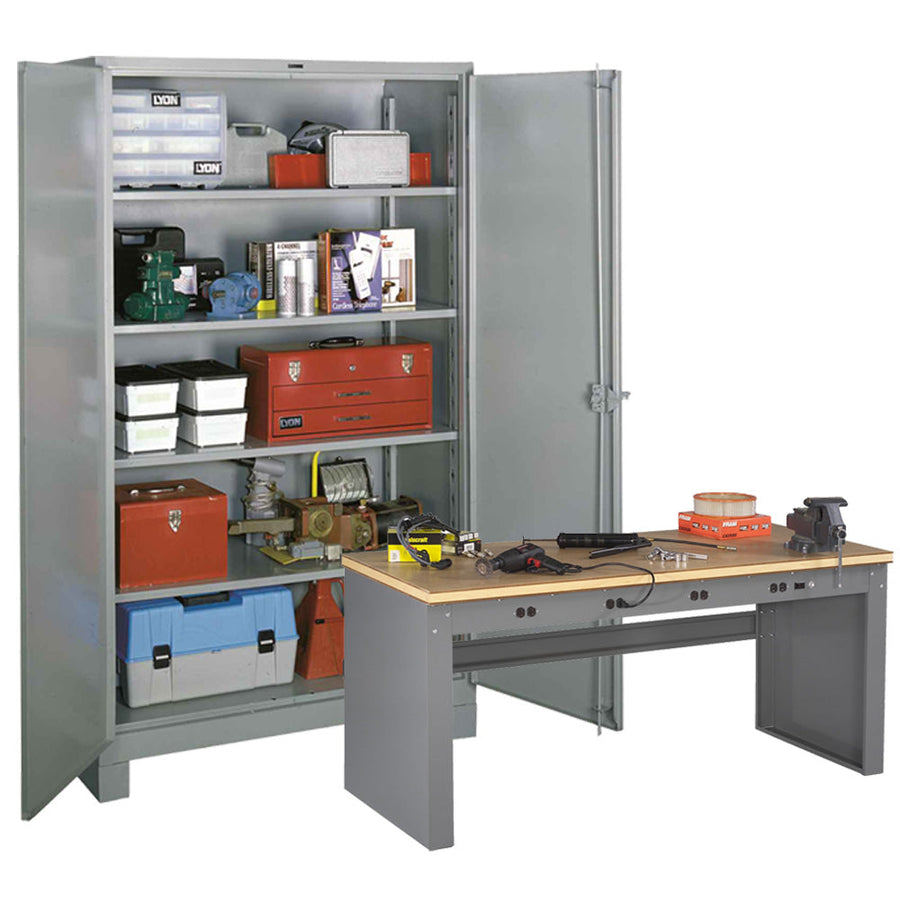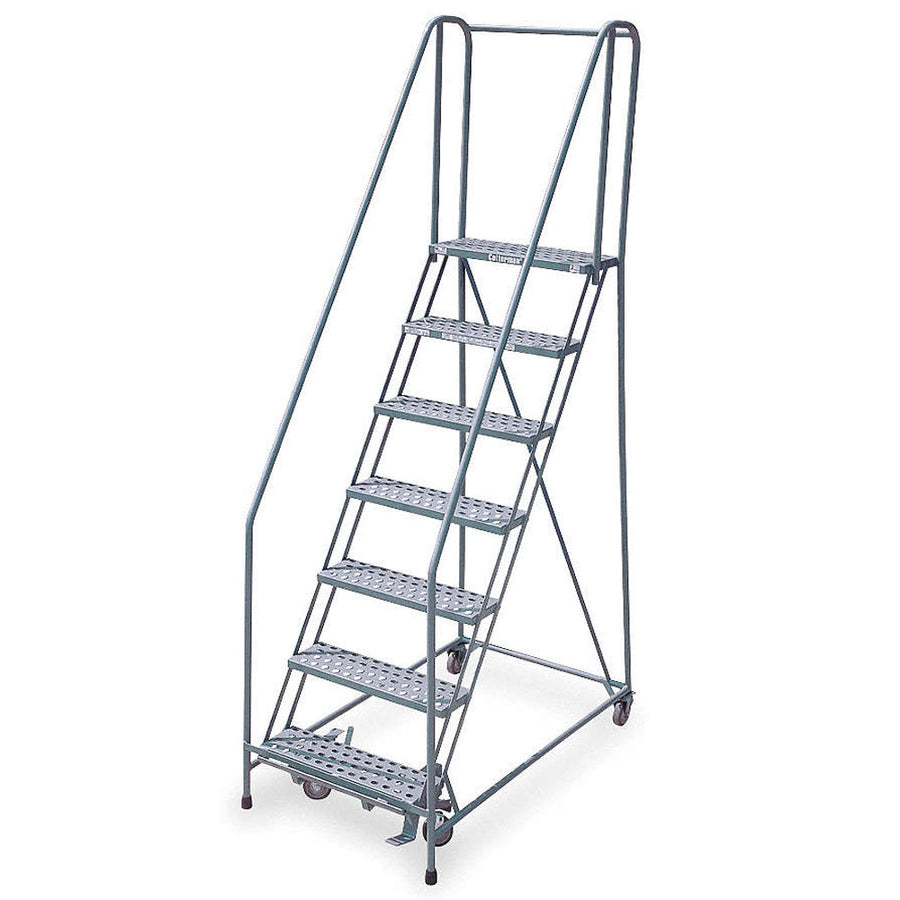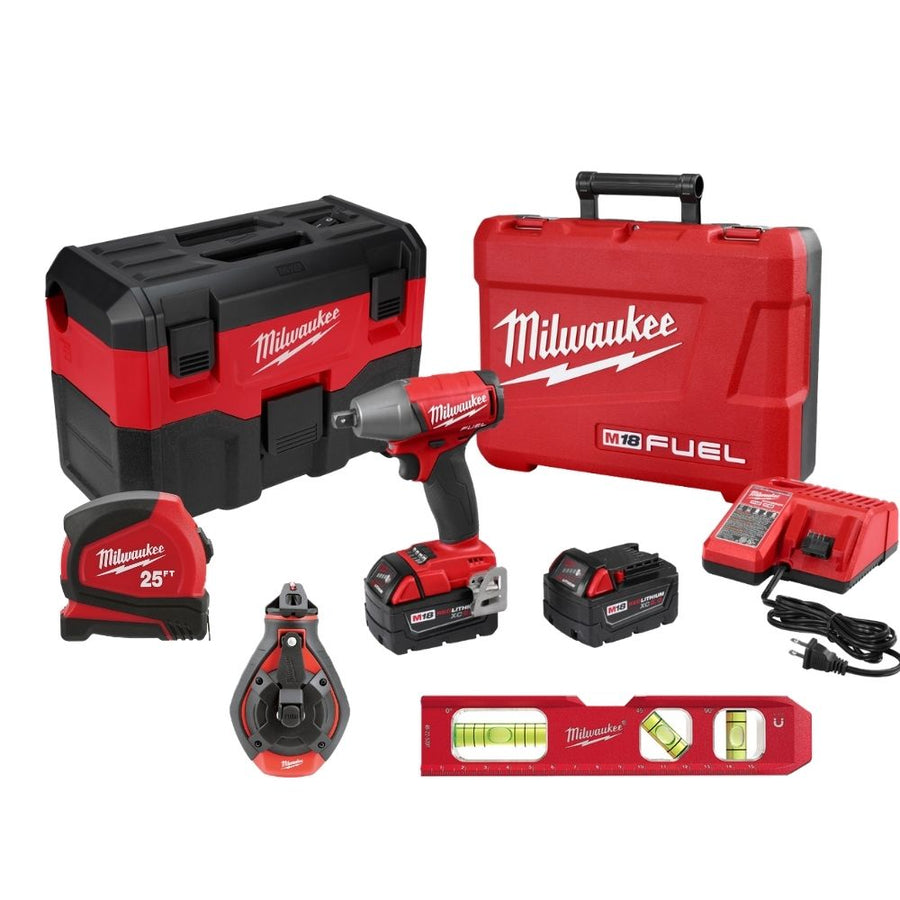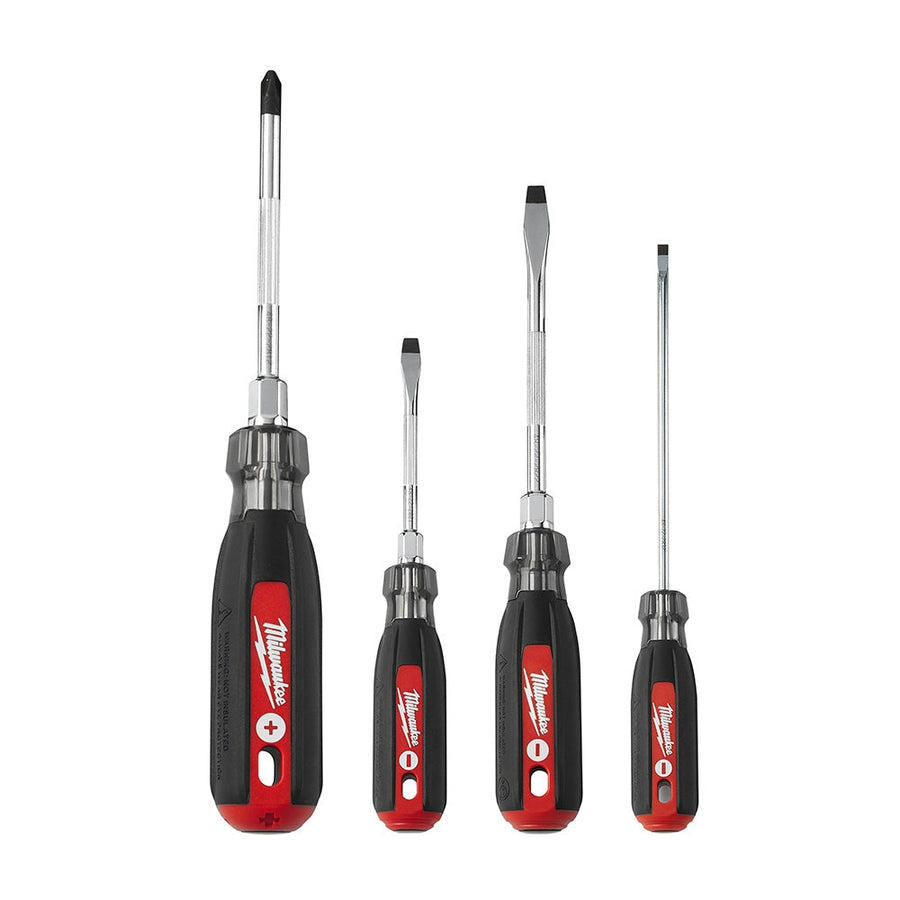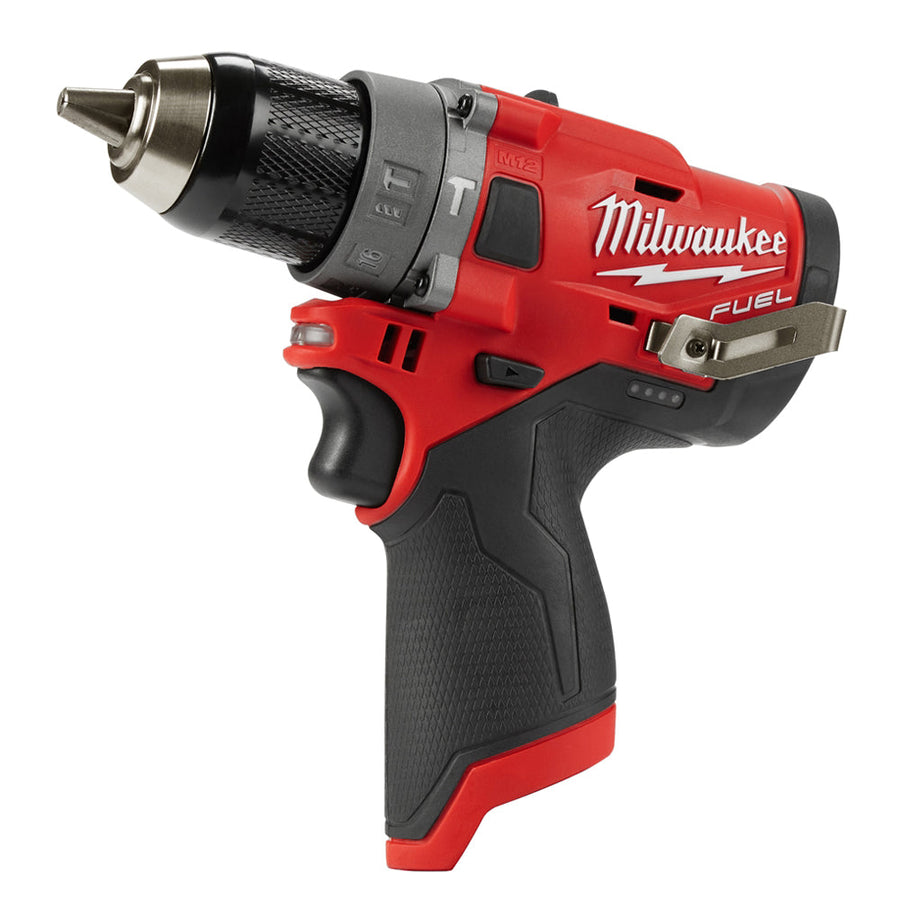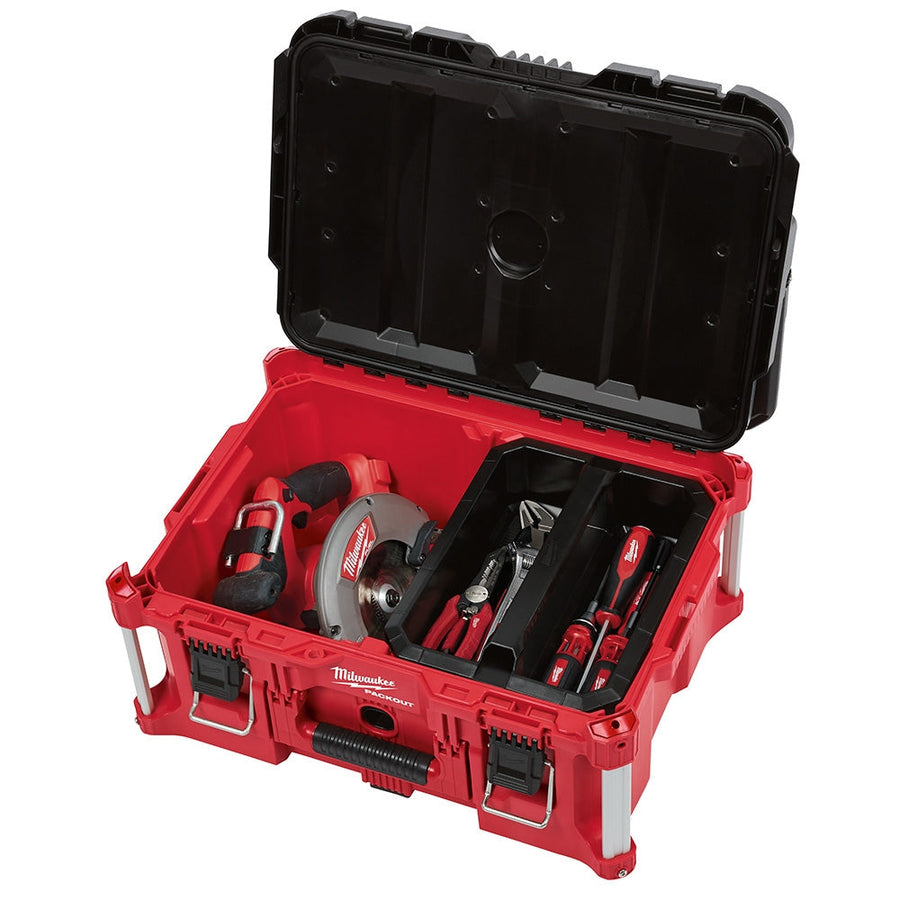The unique challenges faced by retail in the modern world have created a number of unique solutions up and down the supply chain.
As businesses adapt to the economic realities created by ecommerce, the COVID-19 pandemic, and the like, the entire logistics industry has had to use their imagination a bit more to find ways to meet these demands. One of the most popular methods of serving modern retail is the rise of month-to-month warehousing.
What is month-to-month warehousing?
Month-to-month warehousing lives up to its name by offering short-term warehousing for a much smaller period of time. Part of the rising trend of on-demand warehousing, customers who enter into a month-to-month relationship tend to use a very small amount of warehouse space (or even use mobile warehousing for their needs, such as a converted truck or a temporary offsite shed) to hold onto overflow storage during seasonal periods, or periods of intense inventory control.Frequently, it’s used by businesses that are experiencing a temporary overflow in inventory. A recent example would be a chain of thrift stores who, when suddenly burdened by a flood of donations after stores reopened during the pandemic, needed to find local monthly warehousing options to help manage the sudden influx of inventory and donations. You also see a lot of mid-sized retailers utilizing monthly warehousing to help manage seasonal inventory and give themselves a little breathing room for items during the peak buying season.
Can you offer month-to-month warehousing options?
These days, any warehouse that can offer more flexibility in their leasing and space usage is bound to find themselves a few new clients. Offering monthly warehouse storage, however, is going to take a little more thought than the usual client services.For example, do you have the space to offer? Warehouses are fairly complex organisms that tend to change and evolve over time, and today’s unused corner might be tomorrow’s new collection of pallet racking for some hot new seasonal item. Offering month-to-month warehousing will mean having to provide the space for your client, whether onsite or offsite (through mobile warehousing options).
Furthermore, can you provide them with the warehouse racking they need? The sort of clients that need month-to-month storage aren’t going to be equipped with their own storage, since they’re just in the market for a fast storage option. If you can offer things like wire shelving and metal shelving, it’s going to make your warehouse that much more appealing to customers.
Finally, an ideal location is key. Customers will want a temporary storage solution that won’t take them long to get to, and will let them process incoming shipments and get them to their customers faster. If you can offer service to a major metropolitan area or suburban area, your warehouse will be all the more enticing.
Whatever you offer in the way of temporary storage, this could become a valuable asset for local businesses in the short- and long-term.


